Goshikinuma (Witch’s Eye) is a natural gem located in Fukushima Prefecture. With its stunning landscapes and rich historical background, it attracts visitors from far and wide. In this article, we provide an access guide to Goshikinuma, inviting you to embark on a captivating journey.
What is Goshikinuma?
Goshikinuma (Witch’s Eye) is a natural treasure nestled in Fukushima Prefecture’s Urabandai area. True to its name, the lake’s surface shimmers with five distinct colors, enchanting all who behold it. However, it’s essential to note that it is distinct from the Goshikinuma lake cluster in Urabandai.
Goshikinuma is situated just below the summit of Mt. Ikishage, which stands at an elevation of 1,948 meters. Due to volcanic activity, access was restricted for approximately two years. I have been waiting for climbing this beautiful mountain.
Recommended Seasons
The ideal time to visit Goshikinuma is typically from late May to late August. Late August is particularly recommended for witnessing the beautiful autumn foliage. The area is closed during the winter months, making hiking impossible.
We visited in late August, departing from the Jododaira parking lot around 10 AM to reach the summit. However, we realised that the view was partially obscured by mist during our visit, so an earlier start, around 9 AM, might have been more ideal.
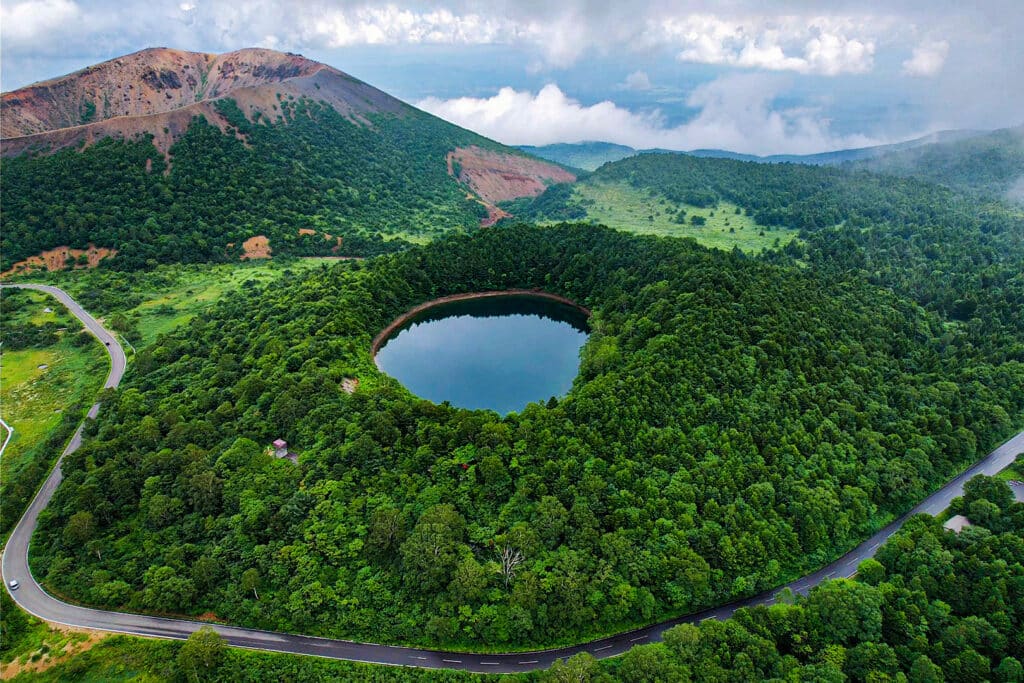
Access Point
Accessing Goshikinuma is relatively straightforward. It’s approximately a one-hour drive from Fukushima City, with the access point along National Route 115. Multiple parking lots are available, making it convenient for visitors to arrive by car. The distance from the Jododaira parking lot to the trailhead is short, adding to the convenience.
Before visiting Goshikinuma
Before visiting Goshikinuma, make sure to check for any closures. The Jododaira area can be unpredictable due to volcanic activity.
You can verify its status on this website: Jodaira Link
Prepare appropriate hiking gear, meals, and hydration. Additionally, because mist can accumulate, check the weather forecast, and consider postponing your hike if necessary. Safety should be your top priority before enjoying the summit’s views.
The Path to the Summit
As you begin your hike, you may encounter a fork in the trail. Shortly after starting, there’s a sign indicating the path towards Suanuma, which had been closed off for an extended period. Additionally, ropes have been set up to help delineate the trail. In case you find yourself uncertain of the path, you can use these ropes as a guide. Heading right at this junction will lead you towards Goshikinuma, the Witch’s Eye.
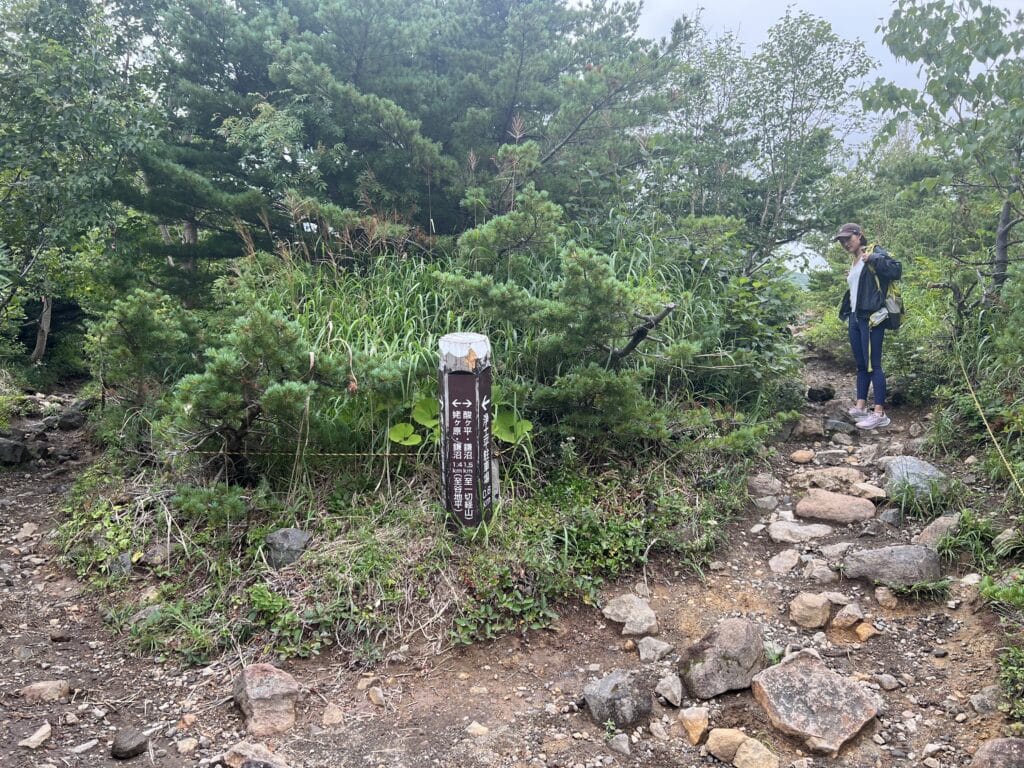
Estimated Hiking Time
Hiking to Goshikinuma is relatively easy, suitable for both beginners and experienced hikers. The estimated time from the Jododaira parking lot to Mt. Ikishage summit is about 90 minutes (round trip approximately 3 hours). If you plan to explore “Kamanuma” after reaching Mt. Ikishage, allocate an additional hour for your hike. With clear signage and ropes along the way, getting lost on the trail is unlikely.
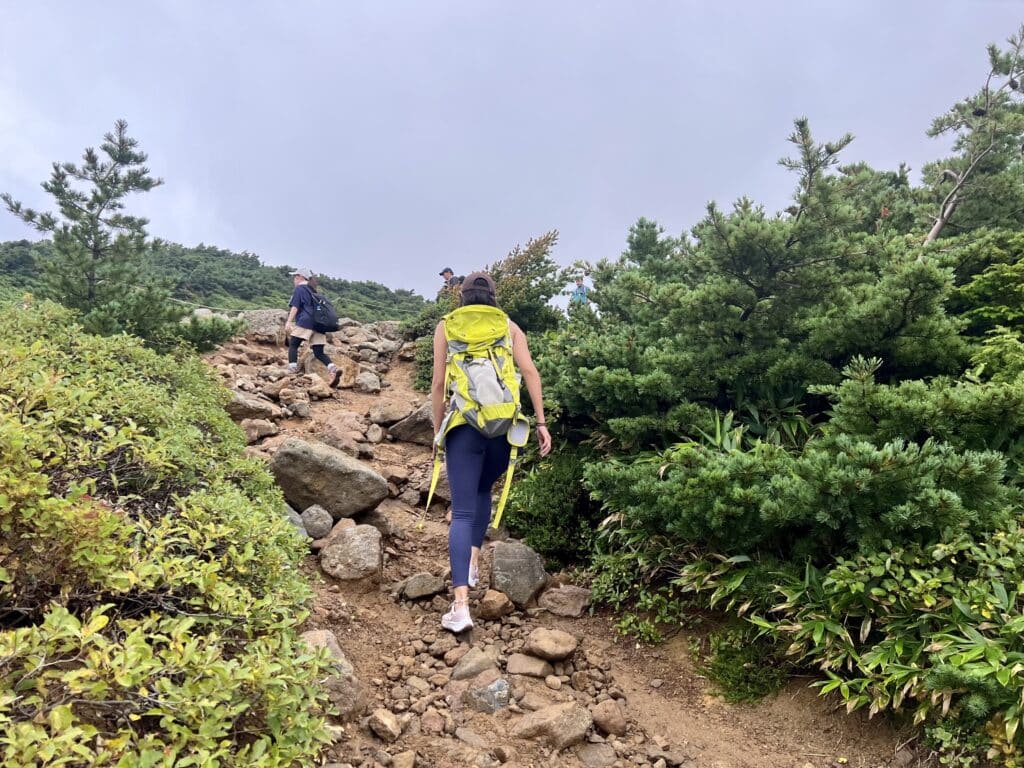
Views from the Summit
The views from the summit of Goshikinuma are breathtaking. You’ll be treated to a panorama of surrounding mountains, forests, and a kaleidoscope of colors that change with the seasons. When we visited in late August, the beauty of the autumn leaves reflecting on the lake’s surface left us awe-struck. However, be aware that adverse weather conditions, such as mist, can obscure the view, so check the weather before your visit.
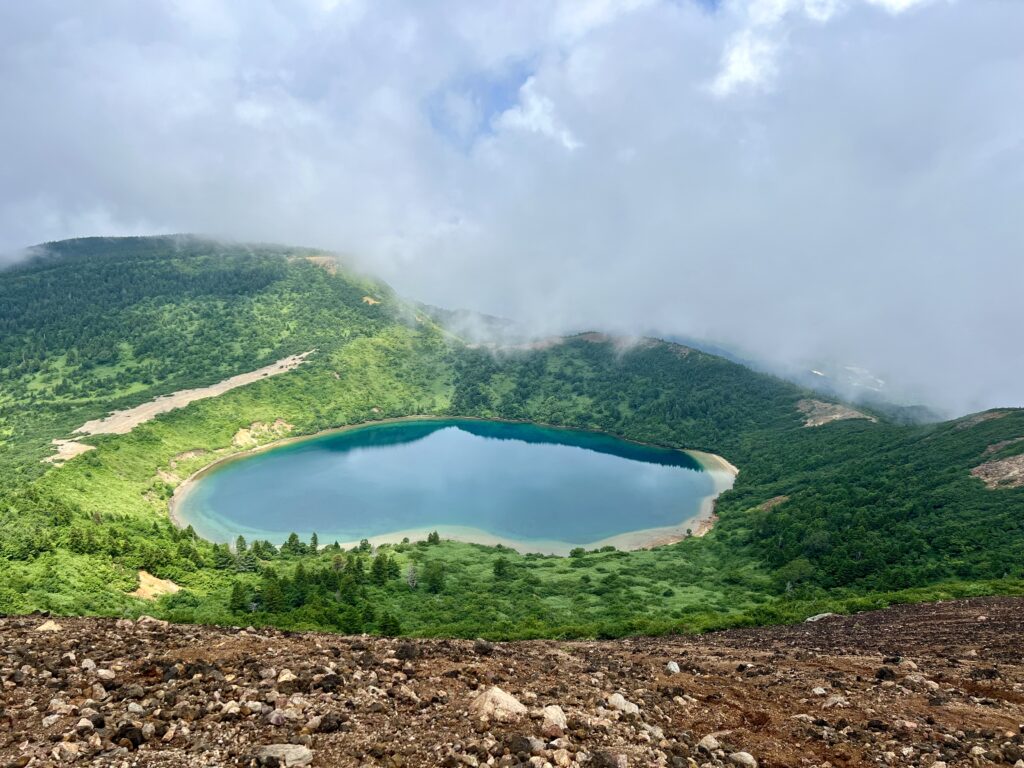
Summary and Access Information
Goshikinuma (Witch’s Eye) is an enticing destination for nature enthusiasts and hikers. Visit this place where stunning scenery, seasonal changes, and historical charm coexist to experience the wonders of nature.
| HP | https://www.bes.or.jp/joudo/vc/natural/plant.html |
| Address | Kawarabako, Shimosugoro, Aizumisato-machi, Oonuma-gun, Fukushima Prefecture |
| Parking Lot | Motorcycles: 200 yen Passenger cars: 500 yen Microbuses: 1,000 yen Large buses: 2,000 yen |
| Closed period | Not available during the winter closure of Bandai-Azuma Skyline. (Usually mid-November to early April) |
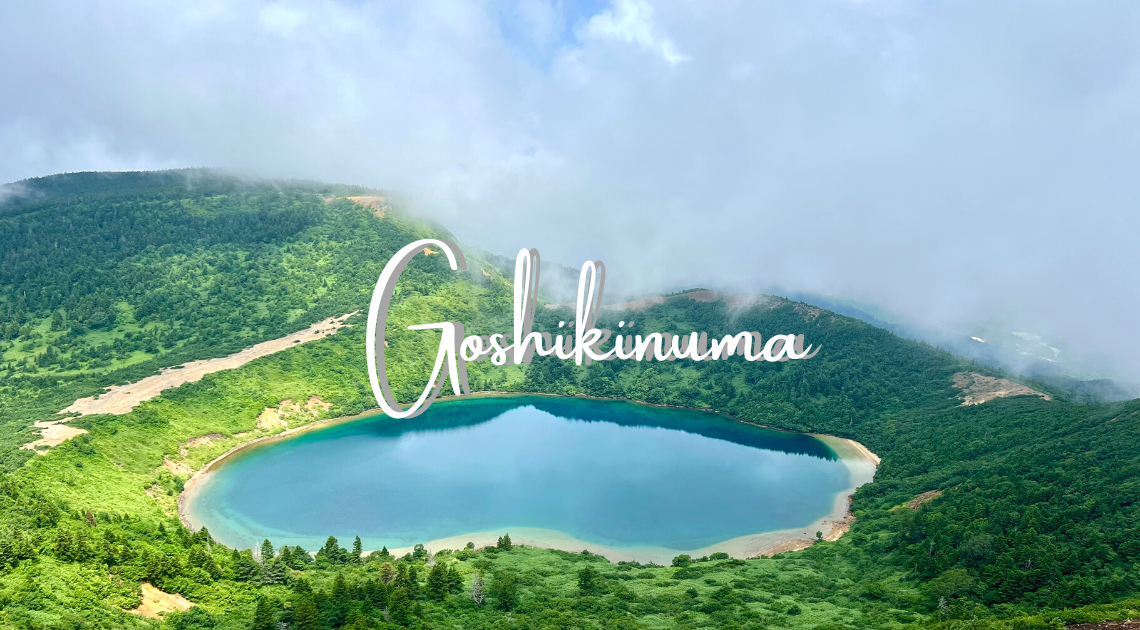
Leave a Reply